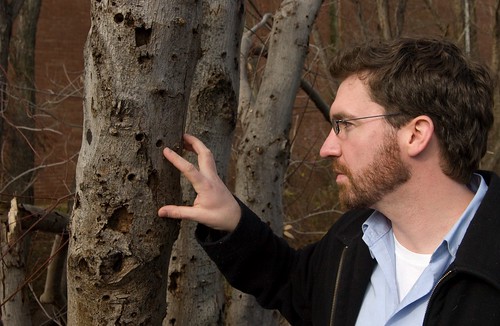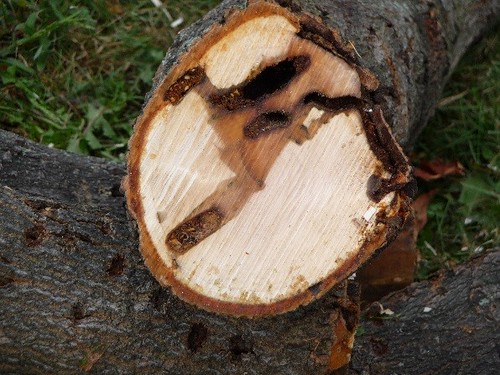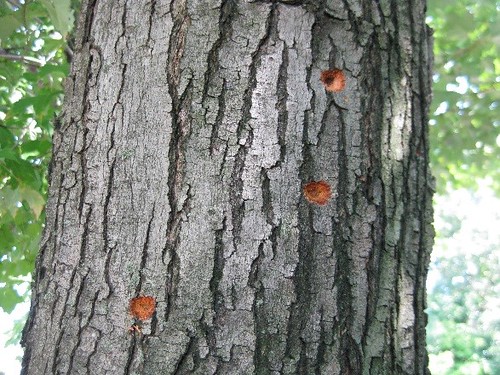
To some people the smell of summer is a fresh cut grass or morning dew, but to me summer is the scent of healthy trees in full bloom. It reminds me that summer isn’t over yet and there is still time to be outdoors. And with August as Tree Check Month for the invasive Asian longhorned beetle (ALB), it’s a good time to take a look at your trees to make sure they are beetle free.
Last month, a homeowner on Long Island, N.Y., outside in her own yard, captured an adult beetle. She visited the website then called the ALB hotline telephone number 1-866-702-9938 to report the beetle. New York State’s Department of Agriculture and Marketing together with USDA’s Animal and Plant Health Inspection Service responded and collected the beetle, which was ALB. Six infested trees were found on the property.
In 2008 a Worcester, Mass. resident noticed beetles she had never seen before on her backyard trees. Curious, she typed out the the insect’s description on an internet search engine. Somewhat disbelieving when an alert popped up telling her to call federal authorities at her entered description, which she did. It turned out she had discovered and reported a previously unknown infestation of ALB in Massachusetts. The beetle was first discovered in 1996 when a Brooklyn, N.Y. resident mistook holes left by ALB chewing their way out of a tree for bullet holes from vandals using his tree for target practice. He reported the odd occurrence to officials who ultimately realized it was beetles not bullets that caused the damage.

Concerned community residents, noticing something amiss or unusual, have helped efforts to find and get rid of this dangerous pest. ALB is not native to the United States, and we don’t want it here. Aside from the potential impacts to industries that rely on the trees that the beetle attacks, there is a danger to residents that weakened, infested trees could drop limbs or cause other problems in the community. The beetle essentially starves the tree by creating tunneling inside that disrupts the flow of nutrients and from which the tree simply cannot recover. It is a sad tale for the infested tree but also for any community affected by an ALB infestation. Finding and stopping beetles before they can impact communities is key.

Please get outside and look for and report any beetles or signs of ALB damage on trees. You can look for adult beetles, larva in cut or damaged wood, exit holes (a little smaller than a dime), egg sites (smaller than a quarter and look like chew marks), and of course oddly dead or fallen branches. The sooner beetles and infested trees are found, the sooner we can save other trees from being attacked, and ultimately eliminate the beetle. Plus, you’ll be outside smelling all the scents of summer while you still can and checking your trees at the same time.
After the first frost the adult ALB die and won’t be seen again until next summer. But beetles could be developing, and growing, and tunneling inside your trees. Check now to ensure you won’t see any adult beetles next summer. For more information on ALB, visit our ALB website.


